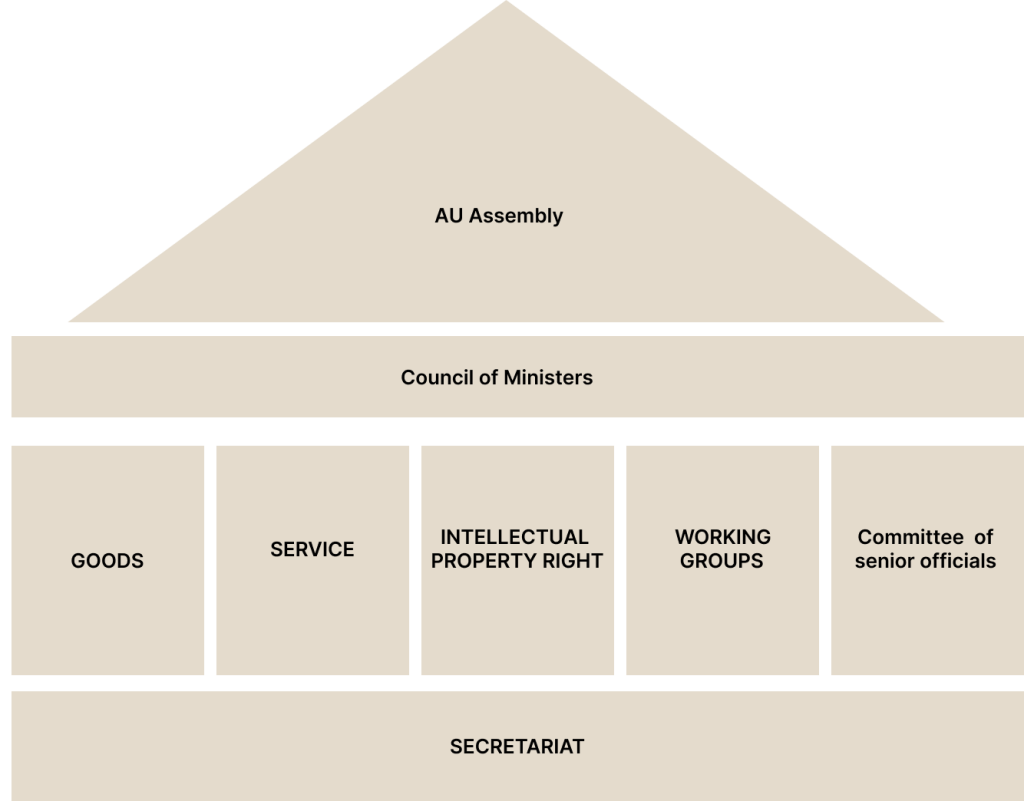The Agreement Establishing the African Continental Free Trade Agreement (AfCFTA) which entered into force on 30 May 2019, became operational on January 1, 2021. The Agreement is designed as a framework for successive rounds of negotiations on trade in goods and services and other trade-related issues such as competition, investment and intellectual property rights with two phases. The first phase of negotiation involves developing the protocols on trade in goods; trade in service and the rules and procedure on settlement of dispute with their several annexes. The second phase of negotiation involves the remaining protocols mentioned above and an additional of digital trade, women and youth in trade protocols. Those protocols that were negotiated under the 2nd phase are adopted except for the digital, women and youth protocol which is expected to be adopted recently at the 12th meeting of the council of ministers.
As set out in the agreement, the general objectives of AfCFTA are: creating a single market for goods, services, facilitated by movement of persons in order to deepen the economic integration of the African continent and in accordance with the Pan African vision of ‘an integrated, prosperous and peaceful Africa’ enshrined in Agenda 2063; creating a liberalized market for goods and services through successive rounds of negotiations; contributing to the movement of capital and natural persons and facilitate investments building on the initiatives and developments in the State Parties and RECs; laying the foundation for the establishment of a Continental Customs Union at a later stage; and promoting and attaining sustainable and inclusive socioeconomic development, gender equality and structural transformation of the State Parties.
AfCFTA is a member driven organization it is established by all member of the African union. Members that ratify the agreement are those that are duty bounded to implement the agreement. As an inter-governmental organization its administration is by different structures that are composed of members both ratifying and non-ratifying. On top of the structure is the assembly of head of states, then the council of ministers, then senior trade officials and the secretariat

composed of head of states of member countries it’s the highest decision making body and supervises the free trade area
it’s composed of ministers of trades or other higher officials assigned by member states. It has the duty of making sure the free trade area is functioning as designed under the agreements and follow up the implementation
composed of diplomatic representatives or others nominated by member sates.it has also the duty of making sure that the free trade agreement is functioning
it’s a separate body with its own structure and administration.it assists supports and facilitates the activities of the council of ministers, committee of senior officials, different working groups , committees and member states in the process of negotiation and implementation of the agreement.
As of December 2023, 47 countries have deposited their instruments of ratification confirming them as State parties (members) to the Agreement. Ethiopia deposited its instrument of ratification after the country’s parliament ratified the Agreement in March 2019 by Proclamation No 1124/2019.